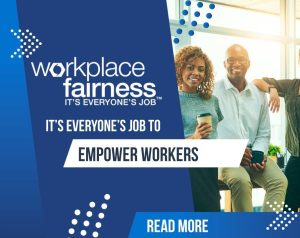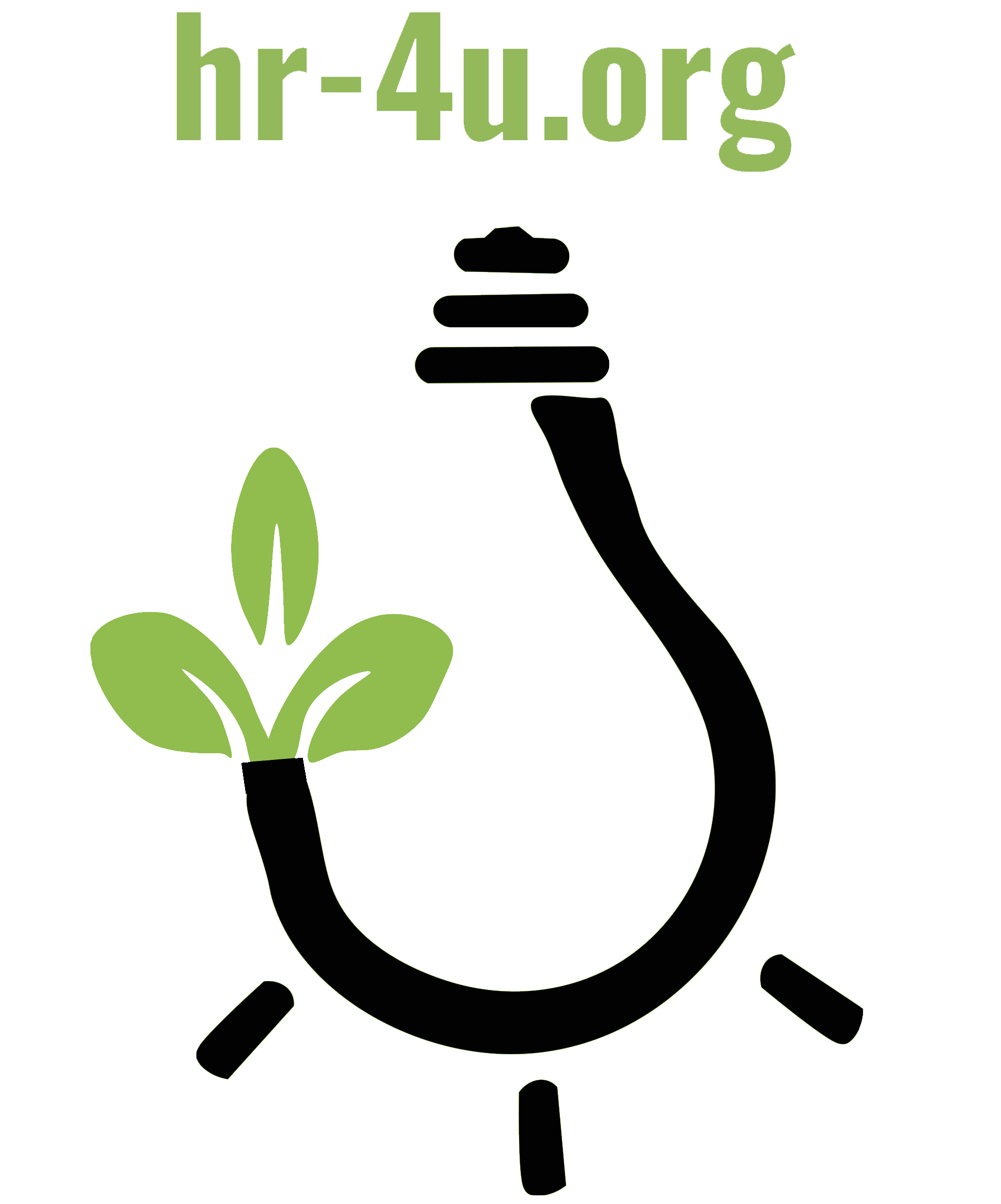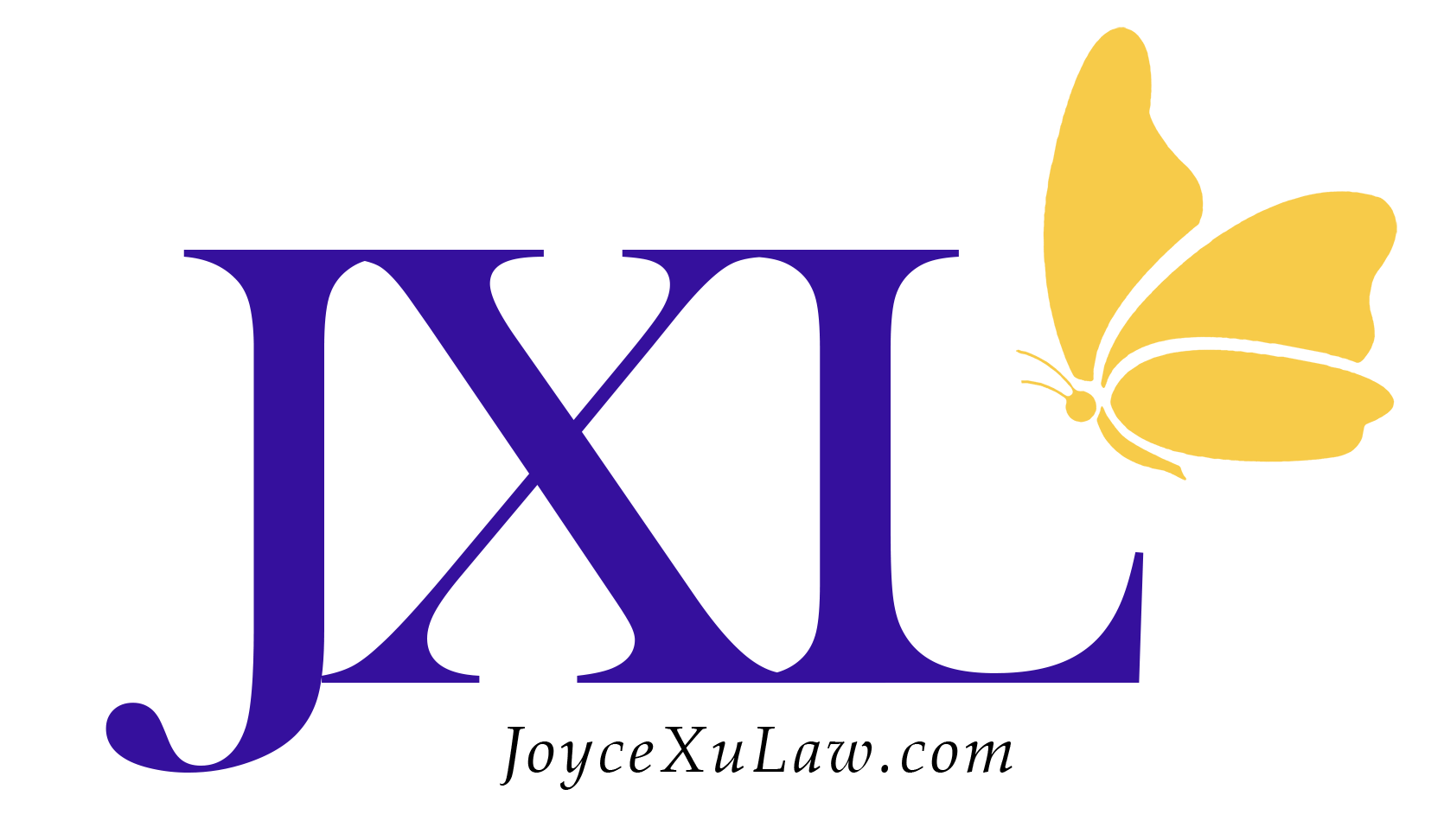Navigating DEI and Discrimination in the Workplace: What Employers and Workers Need to Know In today’s evolving workplace, diversity, equity, and inclusion (DEI) initiatives play a vital role in fostering fair and respectful environments. However, recent guidance from the U.S. Equal Employment Opportunity Commission (EEOC) highlights how DEI-related practices, if improperly implemented, can lead to potential discrimination claims. Both employers and employees must understand their rights and responsibilities to promote inclusive workplaces while complying with federal anti-discrimination laws. Key Takeaways from the EEOC’s Guidance The EEOC recently released two essential resources: “Preventing and Addressing DEI-Related Discrimination” (March 2025) “What You Should Know About DEI-Related Discrimination” These publications clarify how DEI policies can, if not carefully executed, inadvertently violate Title VII of the Civil Rights Act of 1964, which prohibits discrimination based on race, color, religion, sex, and national origin. Key Areas of Concern Include: Selective Advancement: Favoring or disfavoring individuals based on race, gender, or other protected characteristics when making hiring, promotion, or training decisions. Exclusionary Practices: DEI programs that unintentionally exclude or disadvantage certain groups (e.g., limiting leadership development opportunities to only specific demographics). Harassment Risks: DEI-related discussions or training that create a hostile or offensive environment for some employees. ✅ For Employers: How to Implement DEI Initiatives Responsibly Employers can promote DEI effectively while reducing legal risks by following these best practices: 1. Ensure DEI Programs Align with Anti-Discrimination Laws Focus on equal opportunity: DEI efforts should aim to expand access for all qualified individuals rather than favoring or disadvantaging particular groups. Use inclusive language: Avoid program names or descriptions that could be perceived as exclusionary. For example, use “Leadership Development for Underrepresented Groups” instead of “Women-Only Leadership Program.” 2. Review Hiring and Promotion Practices Objective criteria: Ensure hiring and promotion decisions are based on skills, qualifications, and performance, not protected characteristics. Document decisions: Maintain clear records showing that employment decisions are based on legitimate business reasons. 3. Provide Comprehensive DEI Training Balance sensitivity with legality: Educate employees on recognizing unconscious bias and promoting inclusion, but avoid messaging that could be interpreted as stereotyping or divisive. Promote respectful dialogue: Encourage open conversations while emphasizing respect for differing perspectives. 4. Regularly Audit and Update DEI Programs Conduct legal reviews: Have counsel or HR experts periodically review DEI policies to ensure they comply with EEOC regulations. Measure effectiveness: Use employee surveys and diversity metrics to assess whether DEI programs are promoting inclusion without creating inequities. ✅ For Employees: How to Protect Your Rights Workers should understand their rights regarding DEI-related discrimination and take proactive steps to safeguard themselves. 1. Know Your Rights Equal treatment: You have the right to fair treatment in all employment decisions, regardless of your race, gender, or other protected characteristics. No retaliation: It is illegal for employers to retaliate against you for reporting discrimination or harassment. 2. Speak Up About Concerns Document incidents: If you experience or witness DEI-related discrimination, keep detailed records of what occurred, including dates, times, and witnesses. Report internally first: Follow your company’s procedures by reporting the incident to HR or a designated contact person. File with the EEOC if necessary: If internal efforts fail, you can file a charge of discrimination with the EEOC. 3. Participate in DEI Initiatives Respectfully Engage constructively: When participating in DEI programs, share your perspectives respectfully and be open to different viewpoints. Seek clarification: If any DEI training makes you uncomfortable or seems discriminatory, ask questions or seek legal guidance. 🌟 Conclusion: Striking the Right Balance DEI programs are essential for promoting workplace fairness, but they must be carefully crafted to comply with anti-discrimination laws. Employers should focus on inclusive practices that benefit all employees, while workers should be aware of their rights and advocate for fair treatment. By fostering open communication and ensuring compliance with EEOC guidance, organizations can build diverse, respectful, and legally sound workplaces. ✅ If you have concerns about DEI-related policies or workplace discrimination, consider consulting with an employment law attorney to understand your rights and options. Related posts: Workplace Violence In the Spotlight After Mississippi Killings Working or Unemployed, Construction Workers Are Screwed Prop 22 is Bad for Black Workers










